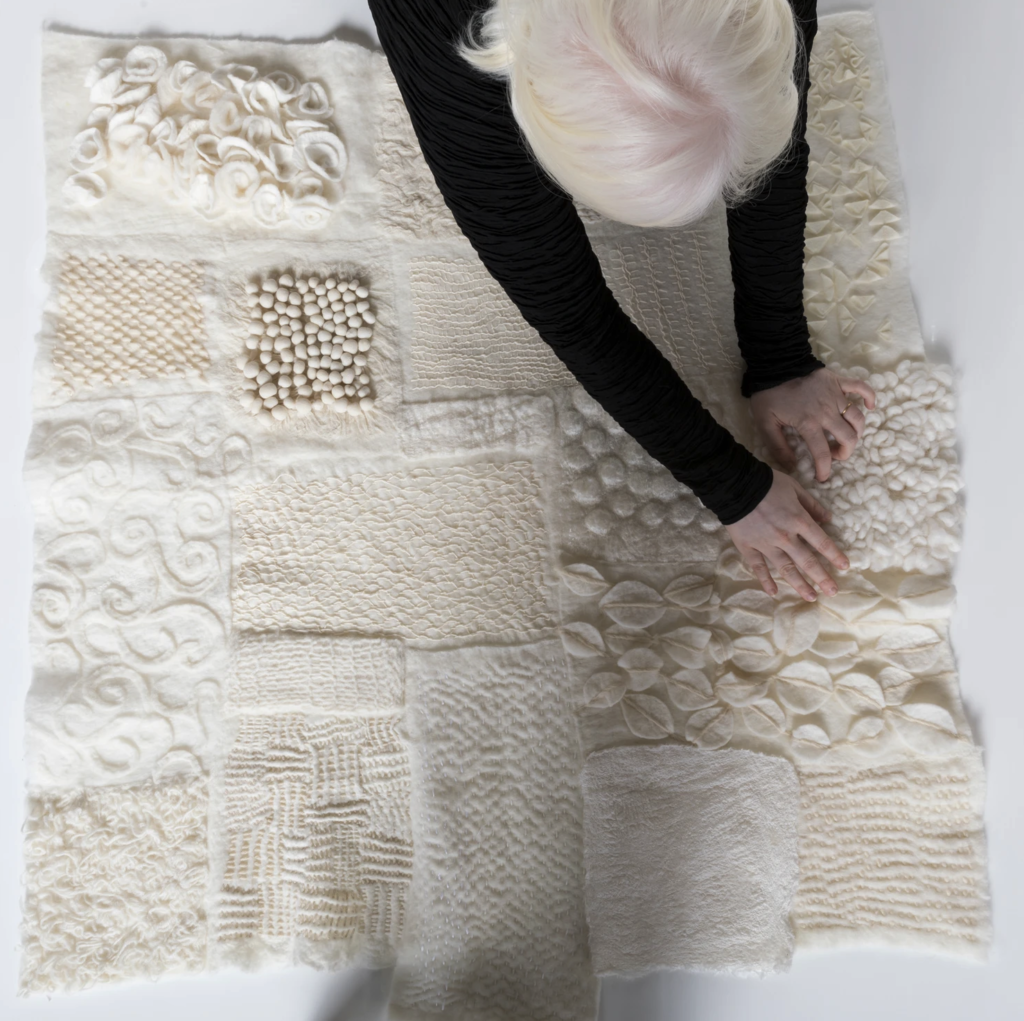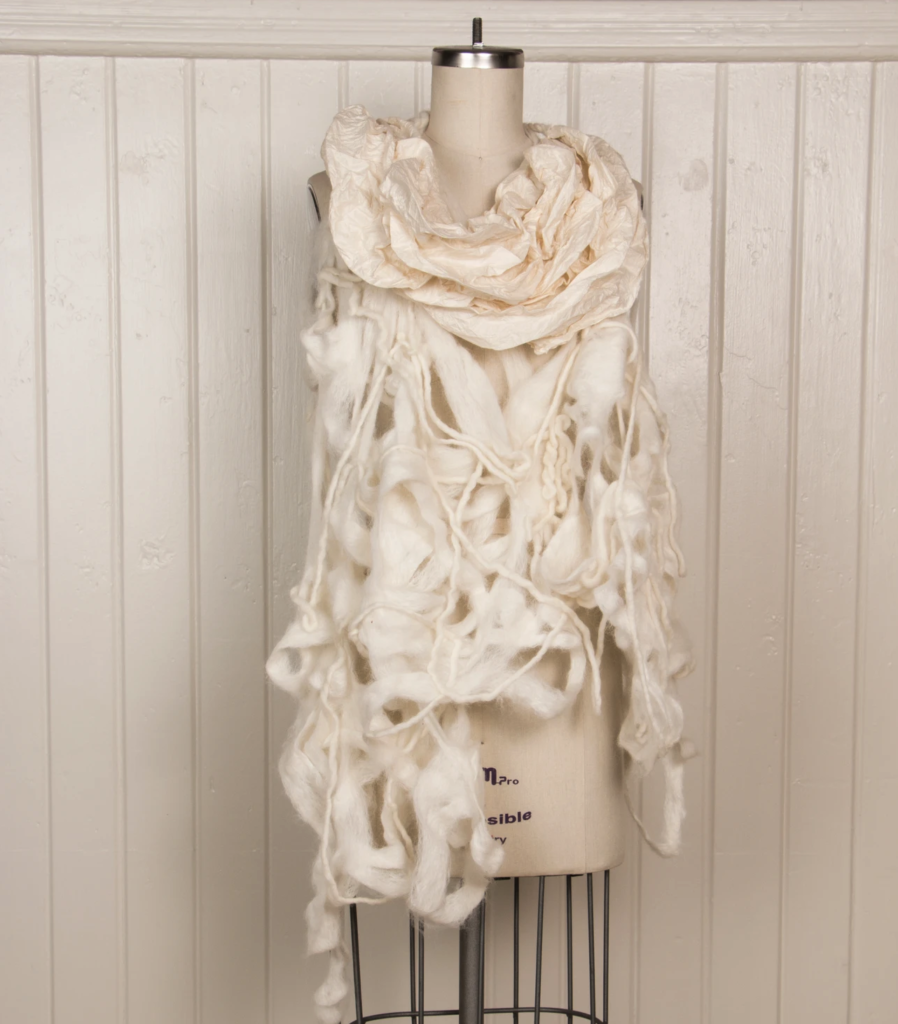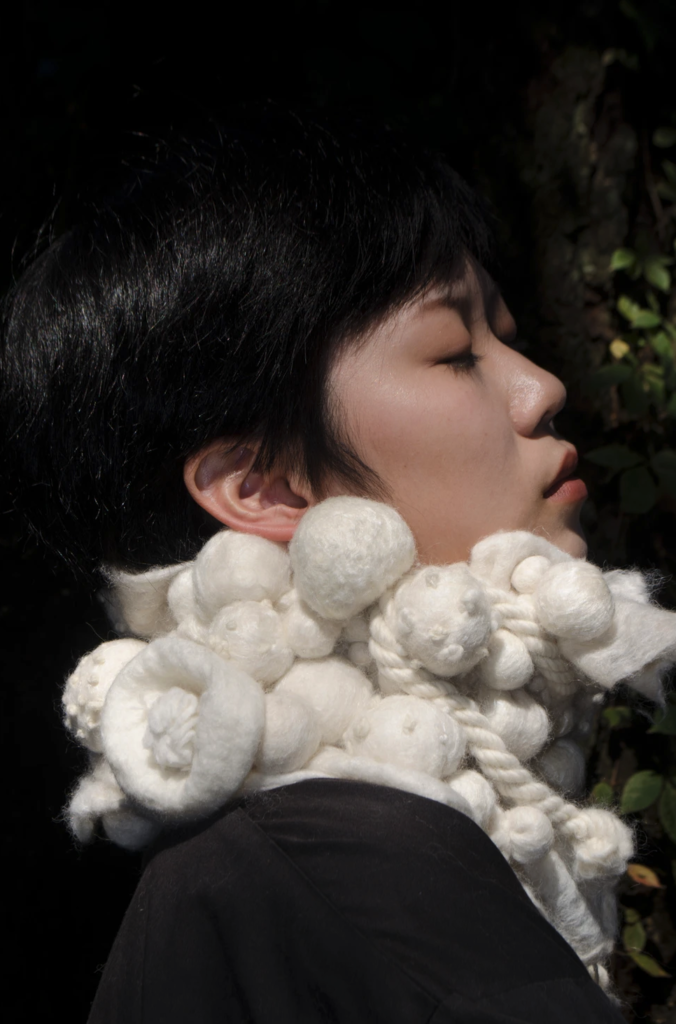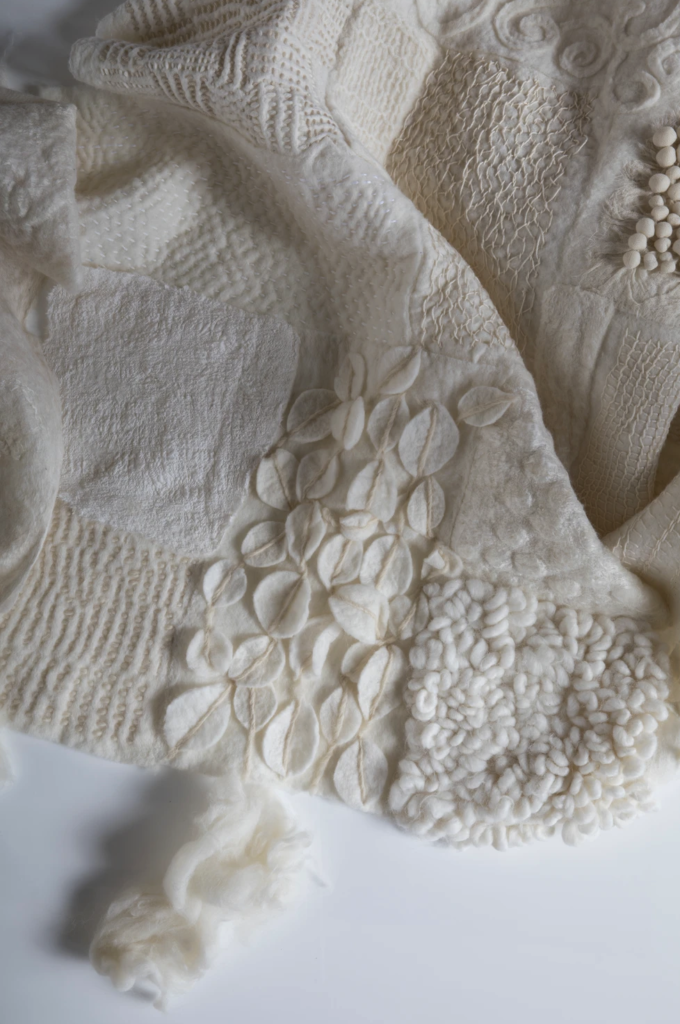From Threads to Touch: Sugandha Gupta’s Journey of Inclusive Education through Textiles
I first learned about Sugandha Gupta through a short yet impactful essay about her work in the book Extra Bold: A Feminist, Inclusive, Anti-racist Non Binary Field Guide. Sugandha, a textile designer and disability advocate, is an Assistant Professor for fashion design and social justice at the Parsons School of Design. Born in India in 1987, she overcame challenges in pursuing education due to albinism. Sugandha creates multisensory textiles that engage touch, smell, sound, and sight for diverse audiences and explores haptics and sensory engagement for embodied learning. Her work incorporates various materials and techniques, emphasizing accessible design. Despite facing disrespect and challenges, she’s become a respected figure in advocating for touch-based learning experiences.
Sensory Textiles
Sugandha’s work can be easily understood from this webinar she did last year (video below) and summarized in the following buckets:
- Engaging Multiple Senses and Perspectives in Art: Sugandha’s work centers around creating textiles that can be interacted with through multiple senses, encouraging viewers to engage with the pieces using their own strengths and lived experiences. She emphasizes the importance of breaking away from an “ocular-centric” culture that relies solely on visual perception and instead invites audiences to explore her work through touch, smell, and even sound. This inclusive approach aims to bridge the gap between the abled and disabled communities and provides a more holistic and immersive art experience.
- Influence of Disability and Personal Identity: Sugandha’s work is deeply influenced by her personal experience as someone with albinism and visual impairment. She shares her journey of embracing her unique identity and challenges, breaking free from societal pressures to conform to traditional standards of appearance. Her work not only reflects her personal experiences but also serves as a platform to express her disability advocacy, using art as a means to communicate her feelings and experiences.
- Diverse Creative Techniques and Materials: Sugandha’s work involves a wide range of creative techniques and materials, including weaving, felting, pleating, origami, and embroidery. She highlights how these techniques are used to create textures, forms, and shapes that evoke different sensations and emotions. Additionally, she uses materials like natural fibers and spices to engage the sense of smell, emphasizing how diversity in materials can enhance the overall experience of her work. Through her exploration of different techniques and materials, Sugandha aims to convey her unique perspective and invite viewers to engage with her creations in a more personal and intimate way.
Image Gallery (click to enlarge)





Disability Led Thinking for Design Innovation at SXSW
Design often seeks simple, elegant solutions but disability brings complexity that should be embraced. More diverse voices are needed throughout the design process. Sugandha feels like the typical design process should be adjusted to be more inclusive, especially the research phase to include disability history and culture. Direct involvement of disabled people is important.
Sugandha’s unique perspectives are valuable for the design industry. Next year, at SXSW EDU 2024, there is an opportunity for more designers to learn from Sugandha that understanding disabled experiences can transform design by debunking myths around access needs and talking about interdependence, reviewing best practices for collaboration, and co-creating with disabled communities. Sugandha has submitted a proposal to do a workshop highlighting the need for and value of the representation of disabled talents in leadership positions as an approach to design innovation. If you like her approach to design and would like her to present, make sure to upvote her submission on the SXSW EDU 2024 website. Voting is open through August 20.
We need more leaders like Sugandha Gupta to bring focus on the role of conversation in breaking down barriers and bringing people together, especially designers, to understand that representation of disabled talents is critical for design innovation.
Images Source: Sugandha Gupta’s website
This blog was written mostly using chatGPT, a potential tool for increased accessibility. Do you think this is an appropriate use of chatGPT? Why or why not? Let me know!


Love it! I am an artist myself and love that you included Sugandha’s works as I know from working directly with folks with a rage of disabilities that tactile input is very important and needed and of course the beauty of the work & the inclusive design make it even more desirable. Thank you for sharing and I will vote for her to present!!
I always forget to comment but I have been reading your blog post for a long time. I have sent you a few things over the years when I use to attend the CSUN Assistive Technology Conference in CA.